December 2010
Cameras have nothing to do with taking great pictures. To take great pictures, you have to know How to Take Great Pictures. If you know what you're doing, all a better camera does is make it easier, faster and more convenient to take great pictures.
The pictures you take depend on you, not your camera. Just as your signature is uniquely your own no matter what sort of pen or crayon you use, it's the same with pictures and cameras. If you want to take better pictures, your efforts are better spent learning how to take better pictures, not in buying new cameras.
Forget Resolution and ISO
Resolution and ISO are silly numbers used to try to sell you more expensive cameras.
Resolution, expressed in megapixels, is no longer relevant. Forget it when comparing cameras. I've made great 12 x 18" (30x45cm) prints from a 3MP camera and 40x60" (100x 150cm) prints from a 6MP camera. 6 Megapixels is all anyone needs for anything, and every camera here has two or three times that.
Now that every camera has double-digit megapixels, camera makers invented another meaningless number they can use to extract more cash from the innocent, called ISO.
ISO is a rough measure of sensitivity to low light. It only matters if you shoot in the dark, and then shoot without flash. As soon as your flash pops up, the higher ISOs aren't used anyway. Even if you learn how to use the higher ISO settings of your camera (few people do), there isn't much difference between cameras of the same type and era, regardless of cost. All the higher ISO settings do is make the picture look grainier, and the cameras that sport the highest ISO settings look horrible at those settings!
This said, DSLRs are a zillion times better in the dark than point-and shoots, and the newest point-and-shoots like the Canon S95 are superb for use at night without flash as well.
are superb for use at night without flash as well.
Don't buy a camera because a salesman tries to smoke you with gibberish like megapixels or ISOs. They have nothing more to do with a camera's quality than the number of spot-welds used to assemble your car.
These things are easy to measure, which is irrelevant because the factors that really matter don't have numbers attached to them.
Nikon's D3100 ($640 with lens) is excellent, but Nikon's D7000
($640 with lens) is excellent, but Nikon's D7000 ($1,200 without lens) is even better if you want to pay for it.
($1,200 without lens) is even better if you want to pay for it.
The newest Nikon D7000 is much better than anything else, but costs as much as two D3100s. If money matters, just get the D3100. You'll love it. If you can afford the D7000, and are willing to wait a little for a back-order as they are extremely popular, you'll love it even more. See also Is It Worth It.
is much better than anything else, but costs as much as two D3100s. If money matters, just get the D3100. You'll love it. If you can afford the D7000, and are willing to wait a little for a back-order as they are extremely popular, you'll love it even more. See also Is It Worth It.
The Nikon D7000 and optional 35mm f/1.8 DX
and optional 35mm f/1.8 DX , which I usually use myself, is even better, but twice as expensive.
, which I usually use myself, is even better, but twice as expensive.
Therefore, if money matters, the Nikon D3100 is a wonderful camera. The photos you can make with it will be exactly the same as if you paid more for a D7000.
If you have the money, then the benefit of the D7000 is that it does everything just a little bit better. It is more pleasant to use because it has a bigger, brighter viewfinder, and everything works a little faster and more smoothly. The D7000 has an LCD screen about twice as sharp as the same-sized screen on the D3100, and so it goes.
Yes, the D7000 has better ability to shoot in low-light without flash, but again, few people actually do this.
The pictures will be the same. The difference between the D7000 and D3100 is mostly in how pleasant it is to hold, to own, to use and to shoot.
If you count every pixel or are a serious photographer, of course you'll appreciate many other things about the D7000, as well as probably look too close at the pictures and see some slight differences in its low-light or resolution abilities, but stand back and look at the pictures as do normal people, and they all look the same.
If you can afford the D7000 and/or are (or are buying for) a serious photographer, get the D7000. There is a reason they are so hard to find: they are very popular for good reason.
If you'd rather pay half as much and get the D3100, you'll love it. The pictures are the same, and the D3100 weighs a little less. The D3100's price includes a great lens, while the D7000 is sold without a lens so you can get exactly what you want. I coverlenses later.
I cover the Nikon D700 and other DSLRs under more costly cameras. These are for special purposes; the D7000 is the best you can get overall, and the D3100 is no slouch either.
Flash
While you're saving all this money over more expensive cameras, I suggest getting theNikon SB-400 miniature external flash ($120). The D3100 and D7000 have built-in flashes, but this tiny external flash gives a lot more range, and most importantly, saves the camera's batteries and lets you shoot a lot faster because it recharges almost instantly after each shot. In-camera flashes drain the camera's battery and can take a long time to recycle after each shot.
Lenses
For low-light, no-flash shooting, get the Nikon 35mm f1.8 lens (about $193) instead. It's what I use most of the time. I zoom with my feet, and prefer its low-light abilities compared to a zoom.
lens (about $193) instead. It's what I use most of the time. I zoom with my feet, and prefer its low-light abilities compared to a zoom.
The best telephoto lens for general photography and portraits is your choice of the inexpensive Nikon 55-200mm VR (about $220) or the Nikon 55-300mm VR
(about $220) or the Nikon 55-300mm VR (about $365). For action and sports, get the 70-300mm VR
(about $365). For action and sports, get the 70-300mm VR (about $520), which focuses much faster. Full-time pros use the big and heavy 70-200mm f/2.8 VR I
(about $520), which focuses much faster. Full-time pros use the big and heavy 70-200mm f/2.8 VR I I (about $2,175).
I (about $2,175).
While not cheap, if you need wider than the excellent 18-55mm VR lens lens, the Nikon 10-24mm
lens, the Nikon 10-24mm (about $800) is the one to get.
(about $800) is the one to get.
Best Pocket Cameras
No compact camera, at any price, is fast enough for photos of people, pets, news and sports. If your friends stop to pose for your photos, pocket cameras are great, but if they're moving, you really want a true SLR like the NIkon D3100 above.
No compact camera, at any price, is fast enough for photos of people, pets, news and sports. If your friends stop to pose for your photos, pocket cameras are great, but if they're moving, you really want a true SLR like the NIkon D3100 above.
I always have a compact camera in my pocket to catch whatever happens around me. I use compact cameras for scenic photos, travel and landscapes, which hold still.
Hint: I get the wilder colors I prefer by setting all my Canon compact cameras to their "Vivid" modes. To do this, hit FUNC/SET, go down a couple of clicks to OFF, and click one to the right to VIVID. I usually prefer the look of outdoor photos when I set the +/- control to -2/3, which is also in the same set of controls depending on model. (details? ask at (800) OK-CANON.)
World's Best Digital Pocket Camera: $370
I own and carry the Canon S95 IS, with which I can produce professional results anywhere. I've already published lots of images already from its predecessors, theCanon S90 (links to samples at that review.)
(links to samples at that review.)
The Canon S95 IS is the best compact digital camera ever made because it has a super-fast f/2 lens, and a relatively big sensor for nice, clean images in any light.
The S95 also has direct-control dials which let you adjust it for perfect photos every time. These dials are much easier and faster than the menus of other cameras.
The S95 makes much better, sharper video than a DSLR, and has a built-in dual microphone system for full wrap-around s-t-e-r-e-o sound!
The S95 fits in a pocket and has unbeaten image quality for a compact. It has the same sensor as the G12 and G11
and G11 , but a better, faster lens!
, but a better, faster lens!
I love the S95's $28 PSC-900 deluxe leather case . My belt slips through it, and then the case holds the S95 on my waist. It's very well made and a custom fit for the S95, with a magnetic catch. It's designed so it's fast and easy to get the camera in and out from the top.
. My belt slips through it, and then the case holds the S95 on my waist. It's very well made and a custom fit for the S95, with a magnetic catch. It's designed so it's fast and easy to get the camera in and out from the top.
Ultra-Telephoto-Zoom Pocket Camera: $280.
The Canon SX210 IS is a pocket camera with a very powerful zoom lens.
It isn't a good idea for sports and action because it can't track motion well, but if your subject holds still, it allows one to get about four times closer than with regular pocket cameras.
It comes in black, purple or gold. It was announced 08 February 2010.
Abusable Underwater Camera: $250.
The Canon D10 IS is a small camera rated for use at 10 meters (33 feet) of static water pressure. This means it's great for the beach, snow, kayaking, swimming and snorkeling. It is not intended for SCUBA use; for that, get a housing for the Canon SD1300 IS . Canon suggests that the D10 is OK for SCUBA, but you're asking for trouble at any depth.
. Canon suggests that the D10 is OK for SCUBA, but you're asking for trouble at any depth.
The Canon D10 is also rated for 4-foot drops and use down to -10ºC (14ºF).
It was announced in February 2009.
It isn't as big as it seems; I used bigger images for clarity.
Ultra-Wide-Angle Zoom: about $200
The Canon SD980 IS has an extremely wide zoom, and has such a long range (5x) that it also competently covers the tele range as well.
The SD980 and its LCD are small, but the images are fantastic.
and its LCD are small, but the images are fantastic.
The SD980 has a much wider lens than just about any other compact camera; it's both wider and goes longer then the S95 above. I prefer the S95 for its faster handing and much bigger LCD, while I prefer this SD980 for its wider (and longer) lens.
above. I prefer the S95 for its faster handing and much bigger LCD, while I prefer this SD980 for its wider (and longer) lens.
Best Teeny-Tiny Camera: $180
The Canon SD1400 IS is an excellent little camera, and it's only half as big as you expect: almost smaller than a credit card. It's tiny, and comes in pink for the ladies. It was announced on 08 February 2010.
Excellent All-Around Camera: $130.
It's not as tiny as the SD1400 IS, and not as pro-feature-laden as the Canon S95 I shoot, but otherwise, it's just as good, for much less money. It's also easy to getSCUBA housings for it.
The SD1300 IS comes in five colors: silver, pink, blue, brown or green. It was announced on 08 February 2010.
Inexpensive Camera: $120.
The Canon A3100 IS is an excellent camera, but cheaper overall than the cameras above because it's not quite as compact by a fraction of an inch here or there, and because the lens doesn't go quite as wide.
It is an excellent camera.
It comes in silver, blue or red.
Cheapest Idea: $70 Refurbished top
Canon's least expensive camera is the Canon A480. It's got a 2.5" LCD, a 3.4x zoom lens, and runs on AA batteries.
It comes in black, silver, red or blue.
For $95, the Canon A480 can't be beat. It offers all the features and tricks of the other Canons, like movies, panoramic stitch-assist modes (I think) complete with panoramic software included and exposures out to 15 seconds.
It runs on two AA cells. Its 10MP are more than enough for any sized print, at least up to 20 x 30" (50 x 75cm).
I'd never buy a used digital camera, since new cameras get cheaper just as fast as used values plummet. Never in history could you buy a camera this good for $99.95 brand new.
I'd have no problems making great images with a Canon A480, so if my budget was only $100, I'd get an A470 and plenty of AA batteries.
Pudgy Portable: $500
The Canon G12 is a favorite of many photographers. It has the same sensor and guts as my favorite Canon S95 , in a bigger, tougher, more expensive body with a slower lens.
, in a bigger, tougher, more expensive body with a slower lens.
The photos from the G12 are the same as from the Canon S95, and just like all compact cameras, it's too slow for photos of anything that moves.
That said, the G12 is so good that I'd never miss carrying larger SLRs for scenic, landscape and travel shots. I don't know of any photographer who wouldn't love one of these.
Personally, I would 't buy a G12 because I bought the Canon S95. The S95 has the same sensor and guts for exactly the same technical image quality, but with a better, faster lens and bigger LCD in a much more compact package for a lot less money.
The people who buy the G12 are those who like to have a little more meat in their hands and don't trust the S95 to deliver the goods as I do.
Nikon SB-400, about $120.
The built-in flashes of the Nikon D3100 and D7000 are excellent, but can't be pointed to bounce off the ceiling to improve your indoor photos. I own more expensive flashes, but I almost always have my SB-400 on even my Nikon D3 when I run out the door.
Even if you don't bounce it, the SB-400 lets you shoot faster since it recharges much faster than the built-in flash. I use my SB-400 even on my more expensive Nikons. It's that good.
If you want a larger flash to get more range or to bounce sideways, the Nikon SB-600 is my favorite. It's smaller and easier-to-use than Nikon's bigger flashes. The SB-900 is mostly fluff as far as I'm concerned; I wouldn't buy one unless I was a full-time journalist.
Straps
I never use the strap that comes with the camera.
See Straps for strap suggestions.
I prefer to leave a Hoya UV filter on every lens to protect it from damage.
on every lens to protect it from damage.
I'll also always carry a graduated neutral-density filter only for shooting into a sunrise or sunset.
only for shooting into a sunrise or sunset.
I rarely use a polarizer, and when I do, it's to cut through long-distance haze. The best polarizers on Earth are the Hoya HD Polarizers . They are expensive, but you'll be using your polarizing filter on many lenses in the future; filters don't go obsolete. I'm still using the previous model Hoya polarizer I got back in the 1990s!
. They are expensive, but you'll be using your polarizing filter on many lenses in the future; filters don't go obsolete. I'm still using the previous model Hoya polarizer I got back in the 1990s!
I prefer the Tiffen HT graduated filters . They are also expensive, but I'm still using the Tiffen grads I bought back in the 1990s as well.
. They are also expensive, but I'm still using the Tiffen grads I bought back in the 1990s as well.
Filters last forever.
You can stop here. You don't need any more lenses. The lens that came with your camera is all you really need.
The Nikon D3100
 , its kit lens, and maybe a separate flash, are all anyone really needs for anything. If you want to go whole-hog, I see no reason ever to need to buy anything other than the DX Dream Team lenses.
, its kit lens, and maybe a separate flash, are all anyone really needs for anything. If you want to go whole-hog, I see no reason ever to need to buy anything other than the DX Dream Team lenses.
I go on vacations for a week at a time with my D7000 , one lens and an SB-400 flash
, one lens and an SB-400 flash , and never miss anything. In fact, I love not having to carry more gear!
, and never miss anything. In fact, I love not having to carry more gear!
If you have special needs, or need a lens for a camera which sells without a lens, keep reading.
Long term, it's always better to spend money on lenses instead of digital cameras. Any of these lenses will work great on any fancier camera. Cameras drop in price and go obsolete every year, while lenses can stay current for decades, and their prices usually go up.
The fast f/1.8 aperture of this $193 lens lets it capture three times as much light as any$1,800 f/2.8 zoom, and five to ten times as much light as any other more reasonable zoom lens. Not bad for $193!
I usually use just this lens all day instead of a zoom because it lets me shoot indoors without flash, without a problem! If I need to shoot closer or father away, I simply move forward or back.
Because it gathers so much more light than zoom lenses, my cameras don't have to shoot at such a high ISO or slow shutter speed, so I can take great photos in bad light.
I'd suggest everyone who shoots indoors or in dim light get one of these lenses, since its a wonderful lens with a wonderful price. It works on all DX cameras.
An 18-55mm VR len s and imagination is all anyone needs to make great portraits. Imagination is the important part, with which any lens will do, and without imagination, any lens will make awful portraits.
s and imagination is all anyone needs to make great portraits. Imagination is the important part, with which any lens will do, and without imagination, any lens will make awful portraits.
The only reason for longer lenses is if you can't get close enough, like to kids on stage or playing sports on the field.
For wildlife photography, the best pictures aren't made with expensive telephotos; they are made by carefully sneaking up on the animals.
It's always better to get closer and use the regular lens, but if you can't, here are my suggestions. All of these lenses are super sharp and zoom and focus well, the difference is in what you want to do with them not just today, but tomorrow, too.
This is my favorite telephoto for DX cameras. It's inexpensive, high performance and light weight.
If you prefer, you can spend more for the 55-300mm VR to get longer range and a metal lens mount. Otherwise, it's the same as the 55-200mm VR.
to get longer range and a metal lens mount. Otherwise, it's the same as the 55-200mm VR.
If you want to get serious shooting sports, get the bigger, longer more serious Nikon 70-300mm VR lens which autofocuses much faster than the two above.
lens which autofocuses much faster than the two above.
If you want this 70-300mm VR lens, don't balk at the price. Unlike cameras, lenses stay current for ten years at a time. Unlike the 55-200mm VR, which only works with DX cameras, the 70-300mm VR also works on professional FX and film cameras if you upgrade later.
If you really want to get serious for indoor sports and theater, the world's standard professional telephoto zoom is the Nikon 70-200mm f/2.8 VR II. It works in much lower light than the 70-300mm VR above. It works flawlessly on less expensive cameras.
You're paying much more because this lens is ideal for shooting sports at night and stage indoors, and also because it's a heavy metal professional beast.
Personally, I carry the 70-300mm VR for my FX or film cameras, and the Nikon 55-200mm VR
for my FX or film cameras, and the Nikon 55-200mm VR  if I'm carrying a DX camera.
if I'm carrying a DX camera.
I'm a sucker for ultra-wide lenses, but they take a lot of skill to use properly.
Ultra-wide lenses are not for "getting it all in." They are for letting you get closer and therefore creating stronger images.
If an 18-55mm lens isn't wide enough, my favorite for all Nikon DX camera is Nikon's new 10-24mm DX . For $200 less, the Tokina 11-16mm
. For $200 less, the Tokina 11-16mm is as good or better, but won't autofocus on Nikon's cheapest D40, D40x, D60, D3000, D3100 or D5000 (it will on the D50, D70, D80, D90, D7000 and up).
is as good or better, but won't autofocus on Nikon's cheapest D40, D40x, D60, D3000, D3100 or D5000 (it will on the D50, D70, D80, D90, D7000 and up).
For day-to-day use, I prefer the 50mm f/1.8 for my 35mm and FX cameras, and either that or the 35mm f/1.8 DX
for my 35mm and FX cameras, and either that or the 35mm f/1.8 DX lens for my DX cameras. I move a few steps to frame my photo, and Voilà, perfect pictures. I carry these small lenses when I'm spending more time carrying my camera than using it.
lens for my DX cameras. I move a few steps to frame my photo, and Voilà, perfect pictures. I carry these small lenses when I'm spending more time carrying my camera than using it.
For people who want to carry just one lens, and don't mind the extra weight, slower speed and much higher cost, the lenses I often use when I'm out on a serious photo trips are:
For DX cameras, Nikon's 18-200mm VR II has been the top do-it-all lens since it came out in 2005. Except for low-light action or crazy-wide angles, the 18-200mm does everything I need in DX. It covers every reasonable focal length, has vibration-reduction so you can forget the tripod, and you can get instant manual-focus override just by flipping the focus ring.
has been the top do-it-all lens since it came out in 2005. Except for low-light action or crazy-wide angles, the 18-200mm does everything I need in DX. It covers every reasonable focal length, has vibration-reduction so you can forget the tripod, and you can get instant manual-focus override just by flipping the focus ring.
Today's -II version is the same as the original, with a zoom lock at 18mm I never use anyway.
For FX and 35mm cameras, Nikon's 28-300mm VR does everything except for action in low-light or crazy-wide angles. The 28-300 also covers every reasonable focal length, has vibration-reduction so you can forget the tripod, and you can get instant manual-focus override just by flipping the focus ring. It is about 25% bigger in every dimension from the 18-200mm; I'm showing them at the same size for detail.
With the 28-300mm VR, I can dump all my other lenses into the lake; the 28-300 is perfect for 99% of what I do on serious photo outings. The tiny 50mm f/1.8 is what I prefer to carry day-to-day, and the 28-300 is the ticket for serious all-day shooting.
More Nikon Lenses
I have pages and pages devoted to Nikon lens reviews and suggestions.
For FX and film, Nikon has made fantastic lenses ever since the 1950s, many of which are available for almost free, used.
See Recommended Nikon FX lenses, the Nikon FX Dream Team, Nikon D3 Lens Suggestions, and Nikon FX Cheapskate Lenses for suggestions.
Canon Lenses
My favorite wides for Canon are either the 17-40mm L (for light weight and bargain price) or 16-35mm L II
(for light weight and bargain price) or 16-35mm L II  (wider and faster) and the 14mm L II for crazy-wide shots. TheCanon 15mm fisheye
(wider and faster) and the 14mm L II for crazy-wide shots. TheCanon 15mm fisheye is superior to any fisheye ever made by Nikon, and using DxO software, easy to correct in to straight-line ultra-ultra-ultra wide shots.
is superior to any fisheye ever made by Nikon, and using DxO software, easy to correct in to straight-line ultra-ultra-ultra wide shots.
My favorite Canon tele is the Canon 70-200mm f/4 L IS . It's the sharpest zoom I've ever used of any brand, and it's small and light. The f/2.8 Canon teles are for 35mm film; the higher ISO speeds of digital make carrying all that weight for an extra stop silly.
. It's the sharpest zoom I've ever used of any brand, and it's small and light. The f/2.8 Canon teles are for 35mm film; the higher ISO speeds of digital make carrying all that weight for an extra stop silly.
I prefer the inexpensive and lighter 28-135mm IS over the popular and expensive 24-105mm L
over the popular and expensive 24-105mm L . I find the 24-105mm difficult to zoom precisely at the wide end.
. I find the 24-105mm difficult to zoom precisely at the wide end.
No one, not even me who uses his cameras all day long, needs anything better than a D3100.
I own fancier cameras because they make it even easier to do fringe-element things, like burn away at 10 frames per second for sports. No one needs this, but if you have the cash or use cameras so much that even little improvements are appreciated, go for it. See also Is It Worth It.
Nikon D300s: Not Recommended
Forget the old Nikon D300s. The newer D7000 costs less and is superior. Nikon still sells the old D300s for more money because it can, but don't you fall for it.
The D300s offers faster frame rates on paper for sports, but I find that the D7000 is still faster overall because it's newer and smarter. If you're a serious sports shooter, you should have a D3s
is still faster overall because it's newer and smarter. If you're a serious sports shooter, you should have a D3s instead.
instead.
Nikon D700: $2,400
The Nikon D700 is full-frame (FX), which lets it excel for use in the dark. The D7000 has a slightly cleaner image at high ISOs, but the D700 retains subject textures better.
The real reason I love the D700 is that its finder is about twice the size of any other camera mentioned so far. When I peer through a camera all day long, the bigger finder preserves one's sanity better.
If you want it, get one. You'll LOVE it, although if the huge finder isn't that important to you, I'd get the smaller, lighter and half-priced D7000.
Nikon D3s: $5,200
The Nikon D3s is Nikon's most popular professional camera. It's big, heavy and expensive. Like the D700, it's also full-frame (FX).
The only reason to buy the D3s over the D700or D7000 is if you're shooting sports, action or news for a living. If you are, the D3s the best camera on Earth. For portraits, landscapes, studio use and weddings, the D700 works as well, and weighs and costs less.
All Nikon lenses work on the D3s. For the man who wants a D3s he'll want the Nikon FX Dream Team Lenses. Every less expensive Nikon lens works great on the D3s, too.
Canon 5D Mark II: $2,500
The Canon 5D Mark II is the world standard for landscape and nature photography. This is because it gives images as good as the $8,000 Nikon D3X, and superior to everything else from Nikon, for one-third the cost with a lot less weight.
You only need as much resolution as the 5D Mark II (or D3X) if you need to make the sharpest mural-sized prints possible of things that hold still. Few people do. If you do, then the Canon 5D Mark II costs and weighs only a fraction of the Nikon D3X.
Canon's 5D Mark II replaces the old 5D , which was introduced in 2005. The old 5D was also the king of landscape and nature photography, and to be honest, if you can find a deal on an old 5D, it's a bigger pain to use with a dreadful LCD, but also gives spectacular results.
, which was introduced in 2005. The old 5D was also the king of landscape and nature photography, and to be honest, if you can find a deal on an old 5D, it's a bigger pain to use with a dreadful LCD, but also gives spectacular results.
Nikon D3X: $7,500
The Nikon D3X is a fantastic camera, but it's way overpriced. The D3X is only worth $6,200, but Nikon throws a crazy $7,500 price out there to take the suckers.
If price, size and weight don't matter, the D3X is the best digital SLR on the planet. I'd own one, except that I'm not going to spend $7,500 to get the same quality I get from a Canon 5D Mark II.
The only thing the D3X does differently than the D3 or D700 is allow slightly sharper ten-foot-wide prints, but it's invisible if you print at reasonable sizes.
It requires state-of the art lenses and shooting technique to realize its full potential, just like film.
Digital is fun, but photographers shoot film, also known as the real raw format.
With RealRaw, you both have the actual image captured on film forever, and it's easy toget digital files if you want them, too.
Here are some of my favorites.
Prices are without lenses.
Nikon F6 $2,400
Shot on 35mm film, the F6 gives digital images of equal 24MP resolution to the D3X, with better color and dynamic range.
It also weighs and costs much less than a D3x.
Other favorite Nikon 35mm cameras available used are the Nikon FA, the indomitableNikon F4 and Nikon F5
and Nikon F5 . The Nikon N75 is a fly-weight, high performance AF camera.
. The Nikon N75 is a fly-weight, high performance AF camera.
LEICA M3: $1,000
Nikon FM3a: $600
Nikon FM3a (2001-2006) with Nikon 50mm f/1.4 AI-s.
Nikon's FM3a is an absolutely brilliant camera.
It just shoots, with no backtalk.
Nikon FE: $95
Nikon FE (1978-1983) with Nikon 50mm f/1.4 AI-s.
The Nikon FE is 99% the same as the FM3a, for a lot less money.
Canon AE-1 Program: $75 top
Canon AE-1 Program (1981-) and Canon FD 50mm f/1.8.
The Canon AE-1 Program is one of my very favorite manual-focus Canon FD cameras, and it sells used for next to nothing. Everything on it just works, as opposed to more expensive Canons, like the New F-1, that cost a lot more and do a lot less.
LEICA M7: $4,600 top
The LEICA M7 (2002-today) is a rangefinder version of the Nikon FE that uses Leica's superior lenses. These superior LEICA lenses let it make sharper images than from SLR cameras.
Another reason to use the LEICA is that it and its lenses are much smaller and lighter than SLRs. For instance, most Leica lenses take tiny 39mm filters!
Mamiya 7: $2,400
Mamiya 7 body (shot with an FD-88)
It is super-easy to hold, shoot, and carry the complete system in the field.
It also offers the world's highest hand-holdable technical image quality. Shooting 6x7cm medium-format film, this lightweight interchangeable-lens rangefinder camera is the same or smaller in size and weight than 35mm SLRs and DSLRs, while offering far superior image quality and more convenient size and weight.
Its 70 x 56mm images are over double the area of the largest medium-format digital sensors.
The Mamiya 7's lenses are spectacular and beyond comparison. They are as good as LEICA, but for a format with over four times the image area of full-frame 35mm.
All this, and easy to carry and shoot hand-held = the world's best camera.
Tachihara 4x5:" $700
The Tachihara is a lightweight wooden 4x5" camera.
It has been one of the most popular cameras for decades for serious landscape and outdoor photography because of its ultra light weight, ability to fold up about as big as a book, its ample set of movements, and great screen.
It has recently been discontinued; I need to test some newer cameras to give personal recommendations, however I suspect that the $900 Toyo Field 45CF is also excellent, and built a lot tougher out of metal. The Tachihara usually doesn't survive falling off a tripod in the wind.
Of course you can go whole-hog and buy the classic of classics, the timeless Linhof Master Technika, for $7,500. I also use a 1956 Linhof Technika IV which is the same thing, but I grew tired of carrying the weight. Even though the light Tachihara feels flimsy, its results are what get published every month in your landscape calendars and seen on gallery walls.
$20: Great Galen Rowell Photo Book
Galen Rowell's "Inner Game of Outdoor Photography" is an eye-openingly clear book that explains many of the reasons most people don't get the photos they want, and what then to do about it.
Galen says more in a few pages than most photo books say, period.
Everyone should read this, and if you need a gift idea, here you go.
$29: World's Best Pocket-sized Battery Tester
The ZTS-Mini MBT
The ZTS Mini-MBT is the same thing as the big professional ZTS MBT-1 tester I use at my desk. The only difference is that this small one fits in your camera bag (or pocket), and still tests all the batteries used by digital photographers.
is the same thing as the big professional ZTS MBT-1 tester I use at my desk. The only difference is that this small one fits in your camera bag (or pocket), and still tests all the batteries used by digital photographers.
I keep one of these mini testers in my bag any time I'm in the field to test AAs and the lithium batteries used by most of my film cameras.
It tests NiMH, lithium and alkaline batteries. In alkaline, it tests, 9V, N, AAA, AA, C, and D cells. It tests 3V lithium cells, like the CR123, CR2 and CRV3, and all single-cell Ni-MH. This small tester won't test odder and smaller size batteries used by older film cameras; for that you need the bigger tester.
Unlike most testers, it scientifically reads the amount of electricity or charge left in the cell, and reads it out directly in percent, not merely "OK" or "bad."
Apple's iPod Touch is the world's best portable computer. If you had one, you could be reading all this right now in the palm of your hand, for free, forever.
The iPod Touch is the same thing as an iPad, but small enough to go with you in your pocket. Use the Line2 app as I do, and it makes free phone calls, too, with no cell phone contract!


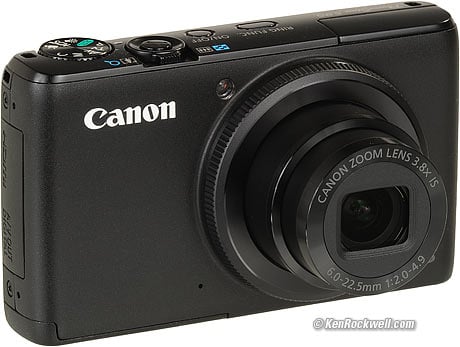
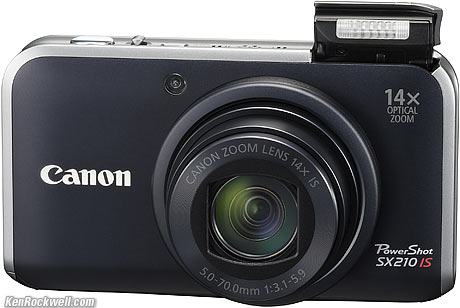

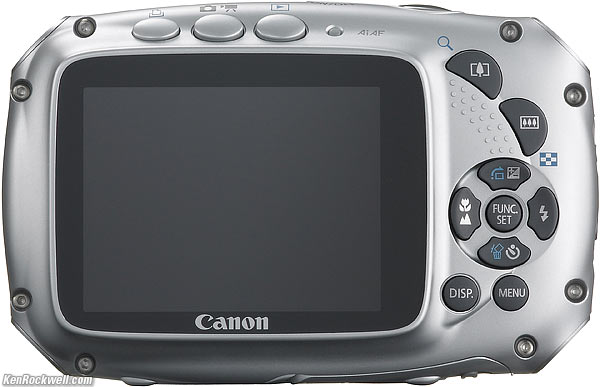
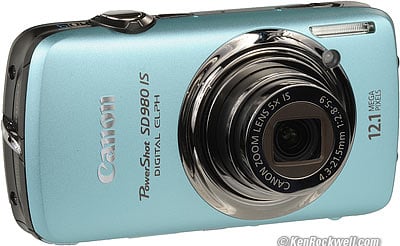
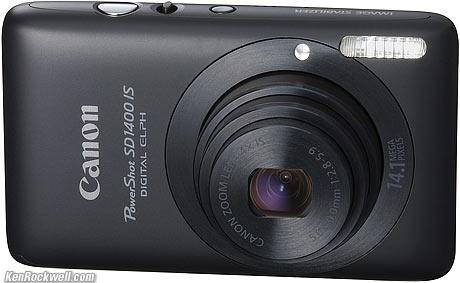
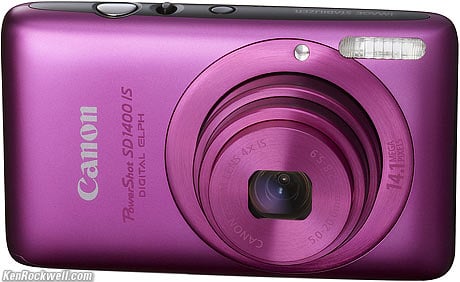
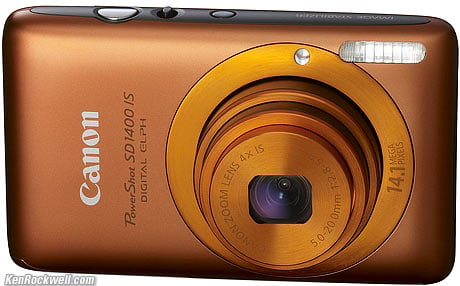
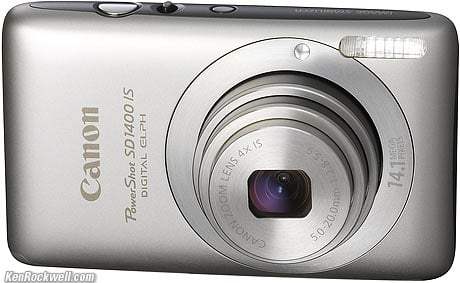
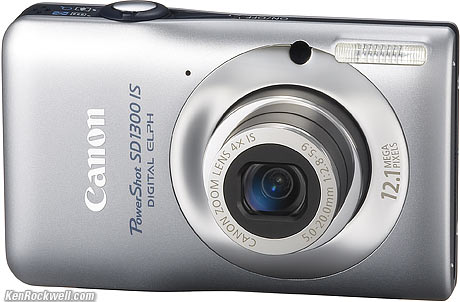
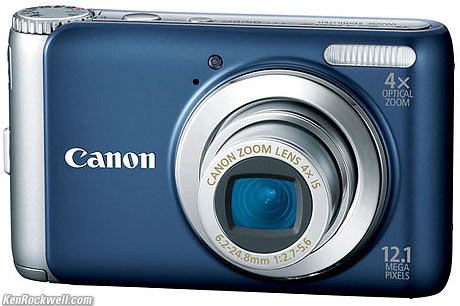
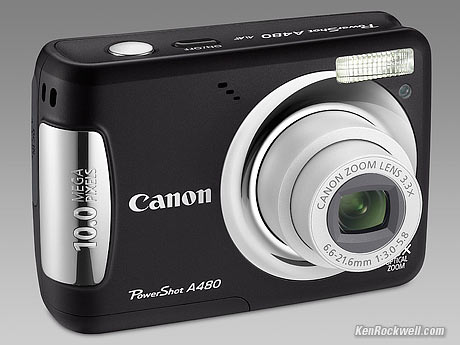
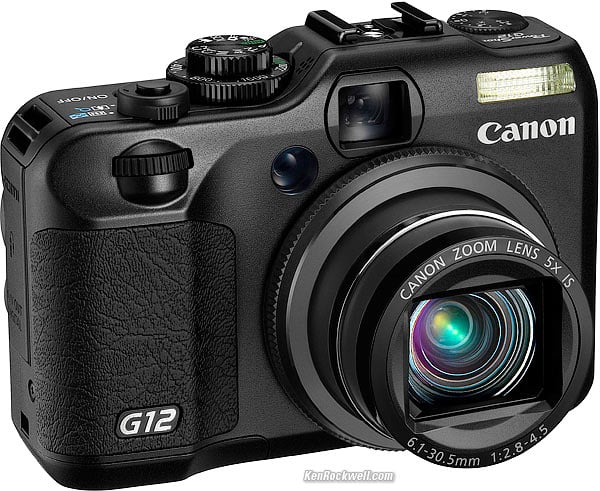
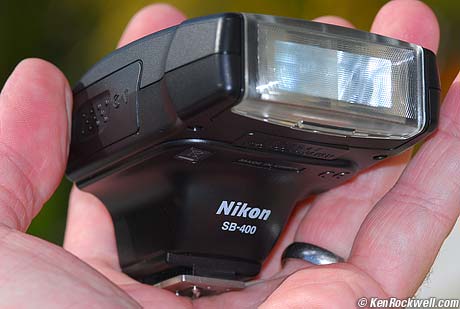
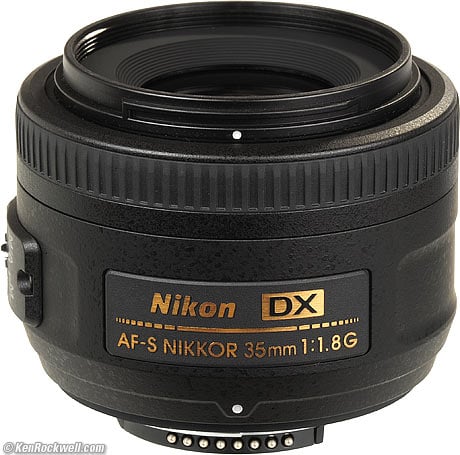
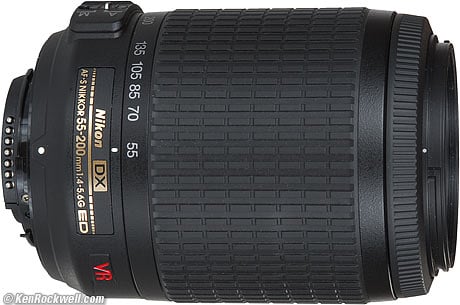
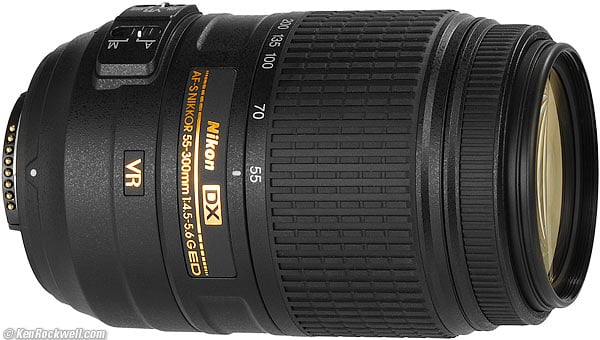
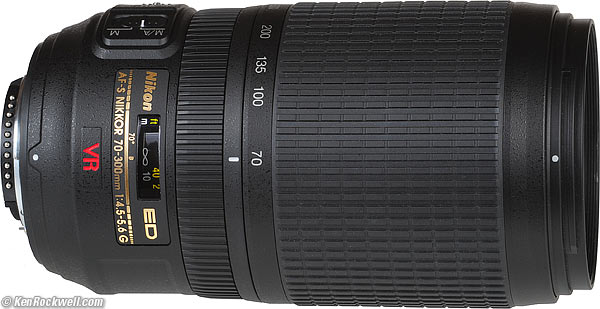
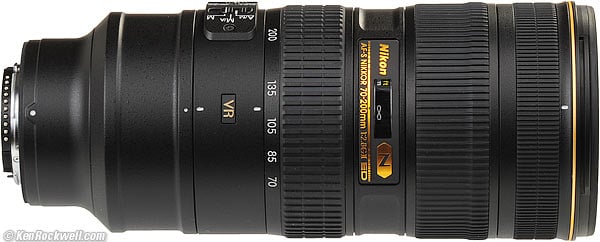
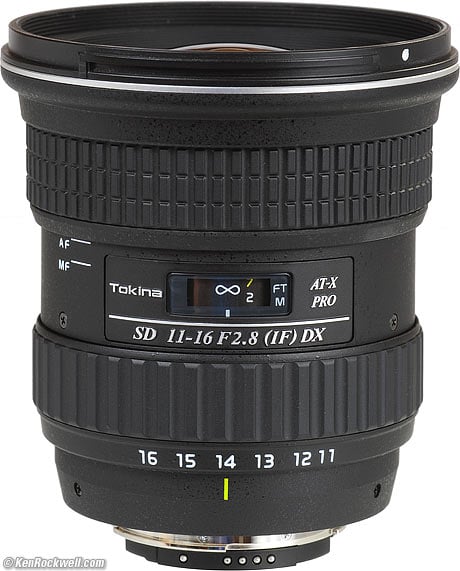
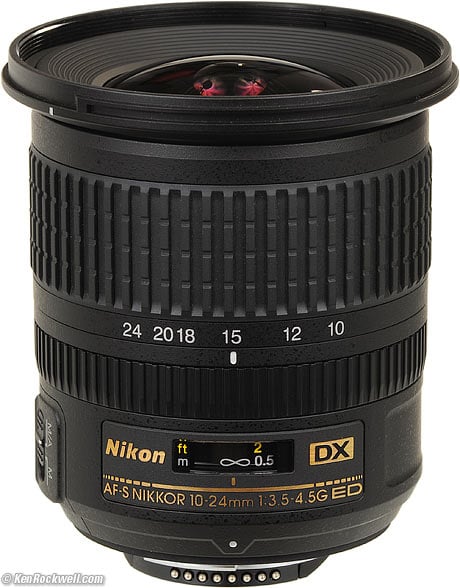

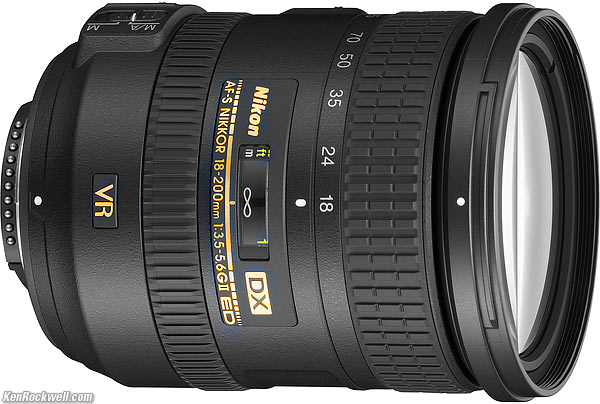
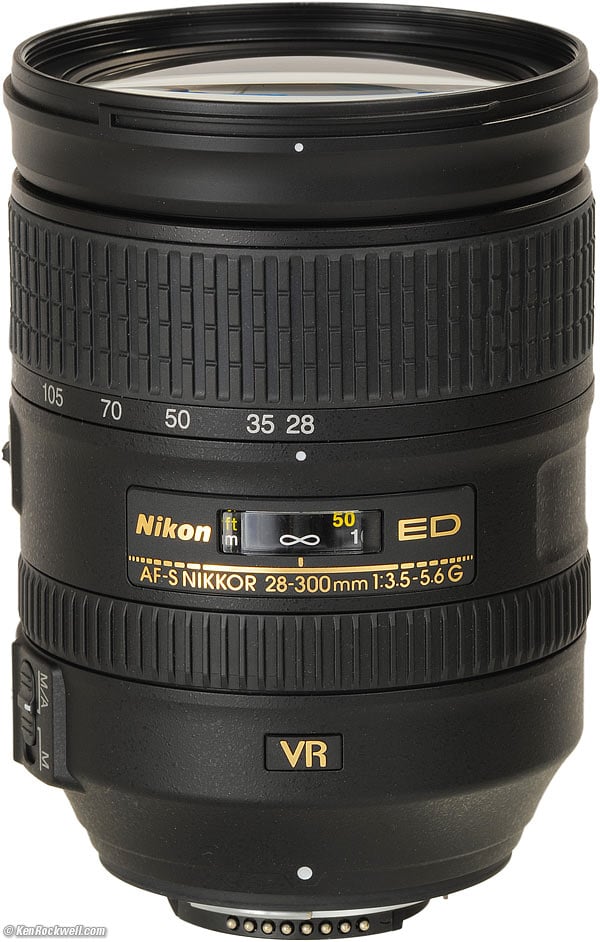
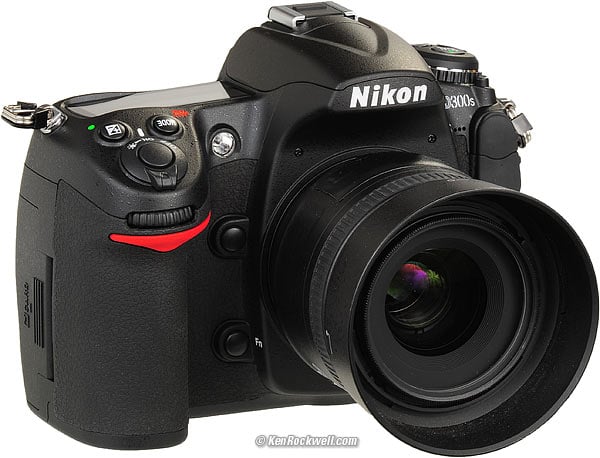
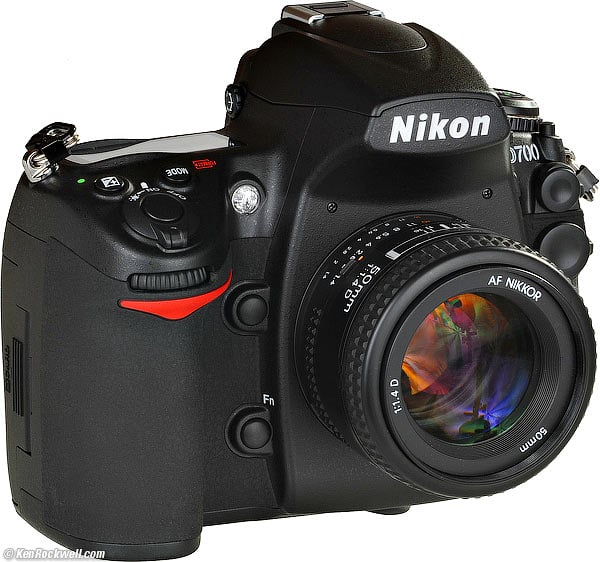
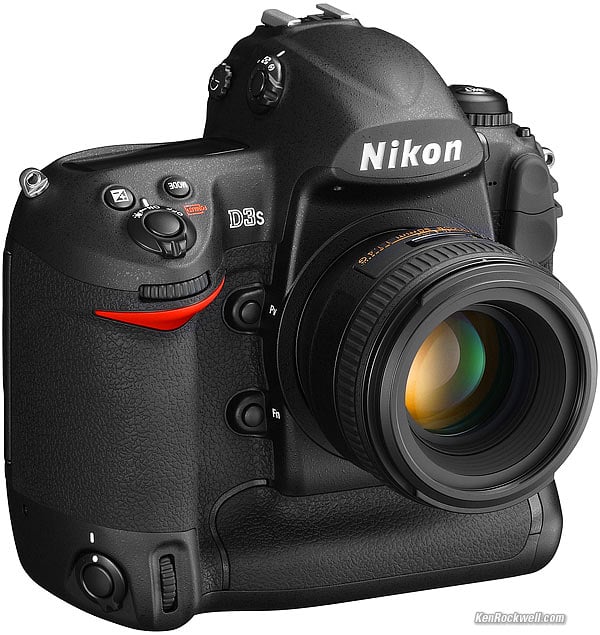
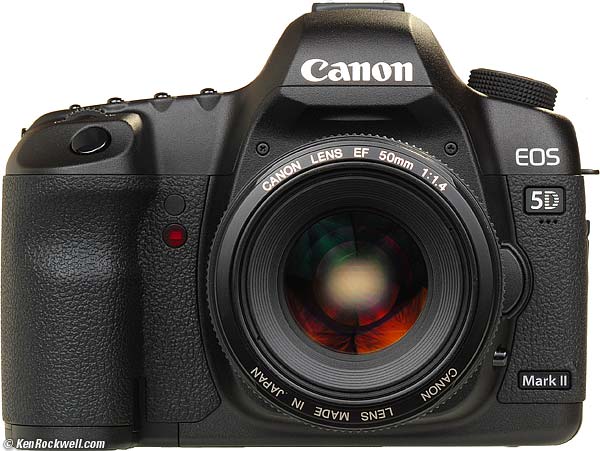
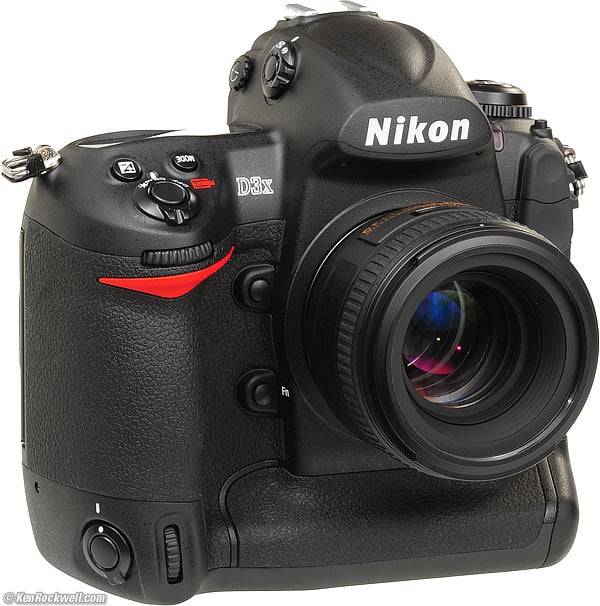
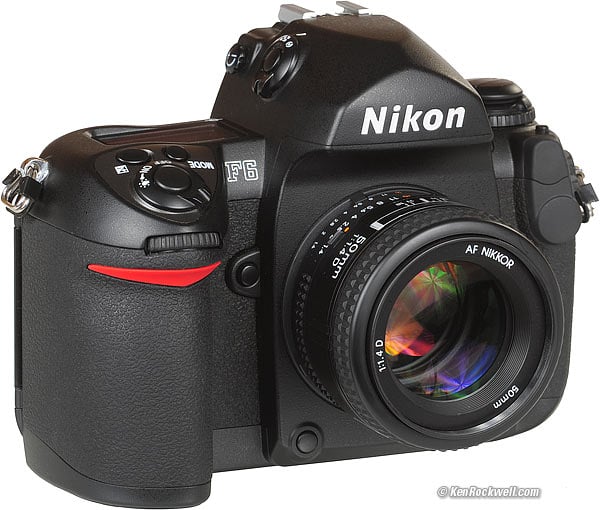
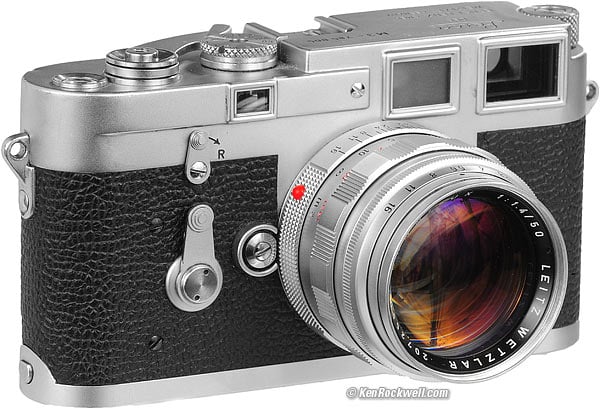
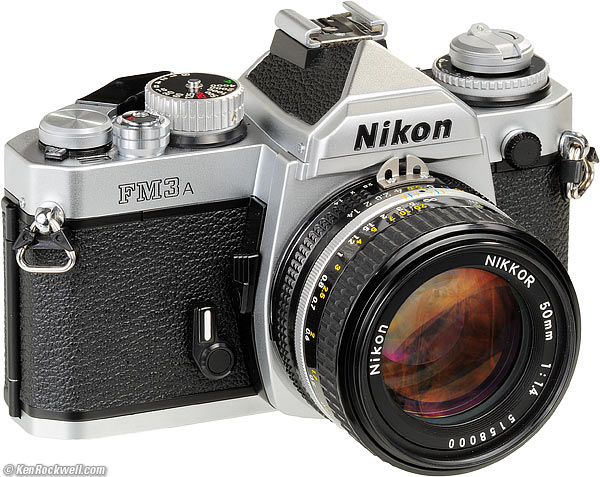
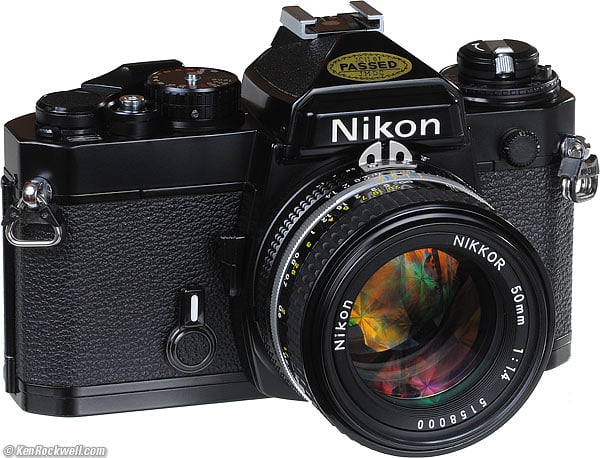
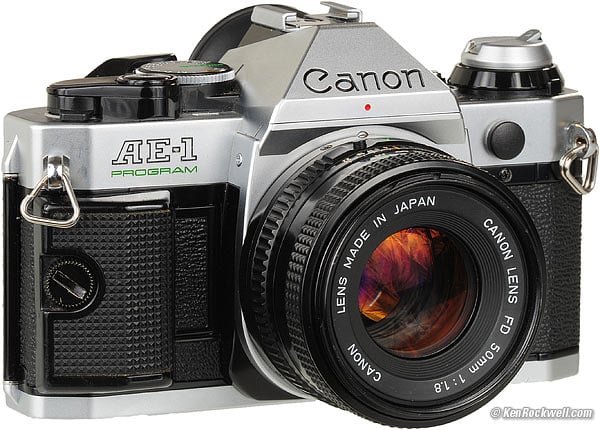
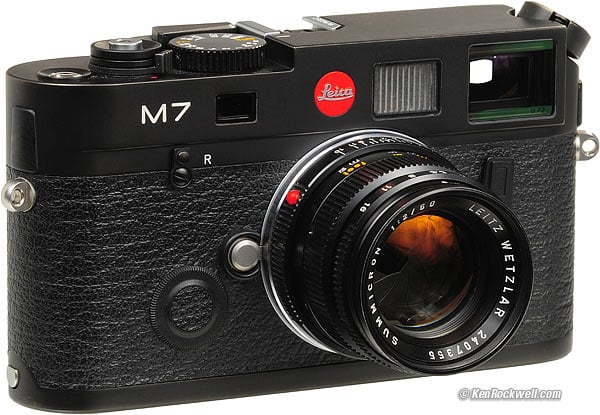

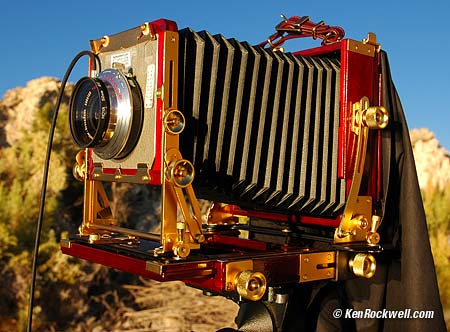
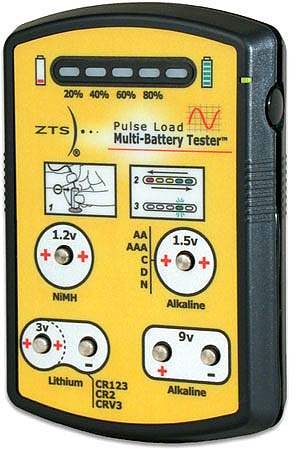
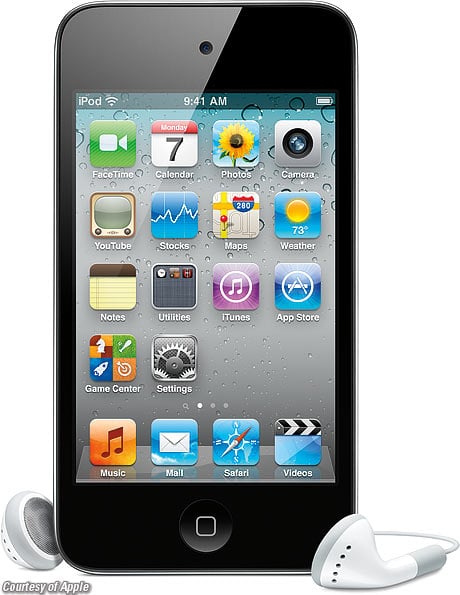
No comments:
Post a Comment